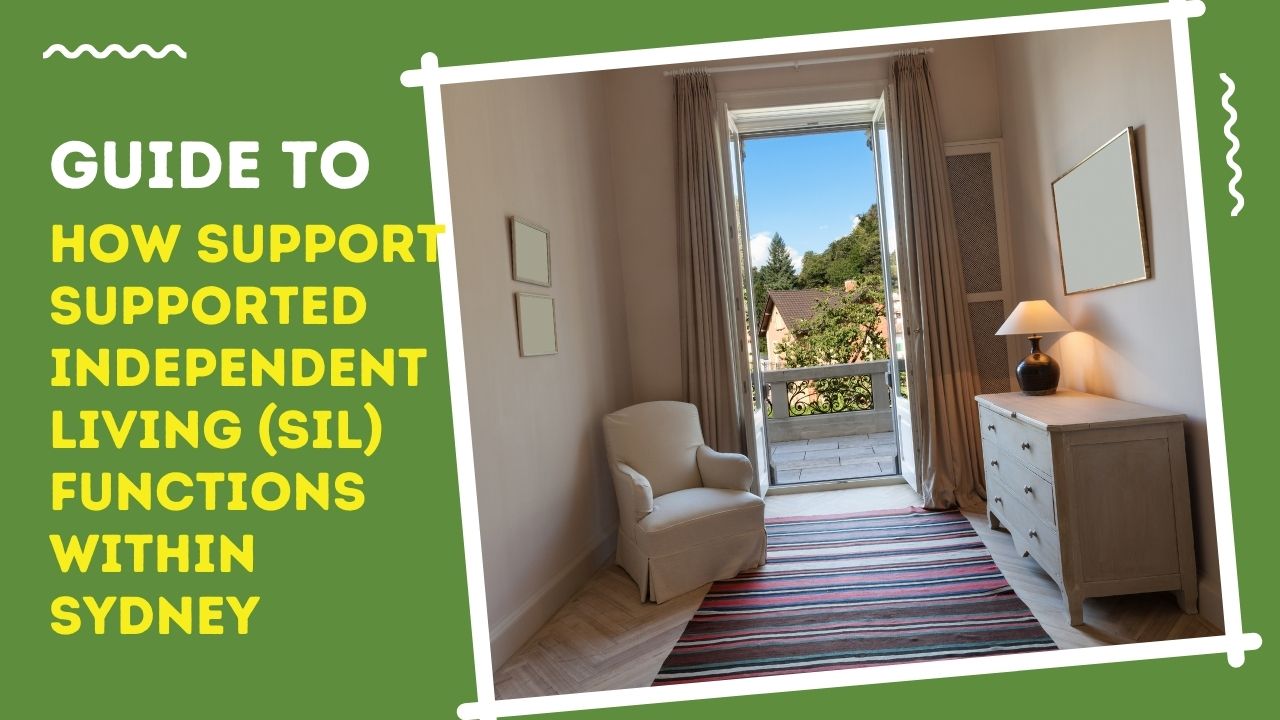
The NDIS already presents sufficient complexity without the need to incorporate “SIL” terminology. The term Supported Independent Living has entered your awareness and now you wonder what it actually means — you have reached the correct destination.
We will explain SIL in a straightforward manner while avoiding complicated explanations or technical language and incorporating practical information.
What Is Supported Independent Living (SIL)?
SIL stands for Supported Independent Living which provides trained support workers to help people maintain independence through shared accommodation either as single occupants or roommates. The service caters to individuals who want maximum self-sufficiency yet require occasional support for everyday activities.
That might include:
- Cooking meals
- Taking medication
- Getting to appointments
- Personal care
- Cleaning or laundry
The best part? You obtain a suitable residence that fits your preferences while receiving constant support that extends to twenty-four-hour assistance whenever needed.
What’s the Difference Between SIL and SDA?
These two often get mixed up. This is the easiest method to distinguish between the two:
SIL (Supported Independent Living) consists of the assistance services people receive inside their home.
SDA (Specialist Disability Accommodation) refers to the building structure (home) which accommodates individuals with very high physical needs.
You can have SIL in a regular home. SDA housing requires specific installation of structural elements such as ceiling hoists and emergency power systems and ramps when you do not need hospital or care facility accommodations.
Who Is SIL For?
- Want to live with others or in their own home
- Have funding in their plan under “Core Supports”
- The program benefits those who have:
- Intellectual disabilities
- Autism
- Psychosocial disabilities
- Physical disabilities with moderate support needs
What Does a Day in SIL Look Like?
How Help On Wheels Makes SIL Feel Like Home
- ✨ Modern, Fully-Equipped Homes in Sydney suburbs
- 🏡 Matched Housemates based on personality and goals
- ✅ Trained Staff On-Site 24/7 (yes, even at 2am)
- 🧵 Daily Living Support that respects your choices
- ☕ Community Activities and social support to keep life interesting
Real Story: James’ SIL Journey
The 34-year-old James possesses autism alongside moderate support requirements. The desire to live independently motivated him to leave his parental home. Help On Wheels used SIL funding to enable James to transition into a Western Sydney home with roommates.
Now?
- He makes his own breakfast every day
- Goes to group art classes on Thursdays
- Has movie nights with his housemates on weekends- And he tells us, “I finally feel like an adult.”
That’s what SIL is about.
FAQs About SIL in Sydney
Usually 2–3 others. But we’ll help match you with people who suit your lifestyle.
Yes — in fact, we encourage it! You should feel comfortable before making a decision.
Absolutely. Our staff can be on-site round-the-clock, depending on your needs.
We’d love to help you find a home that fits.
